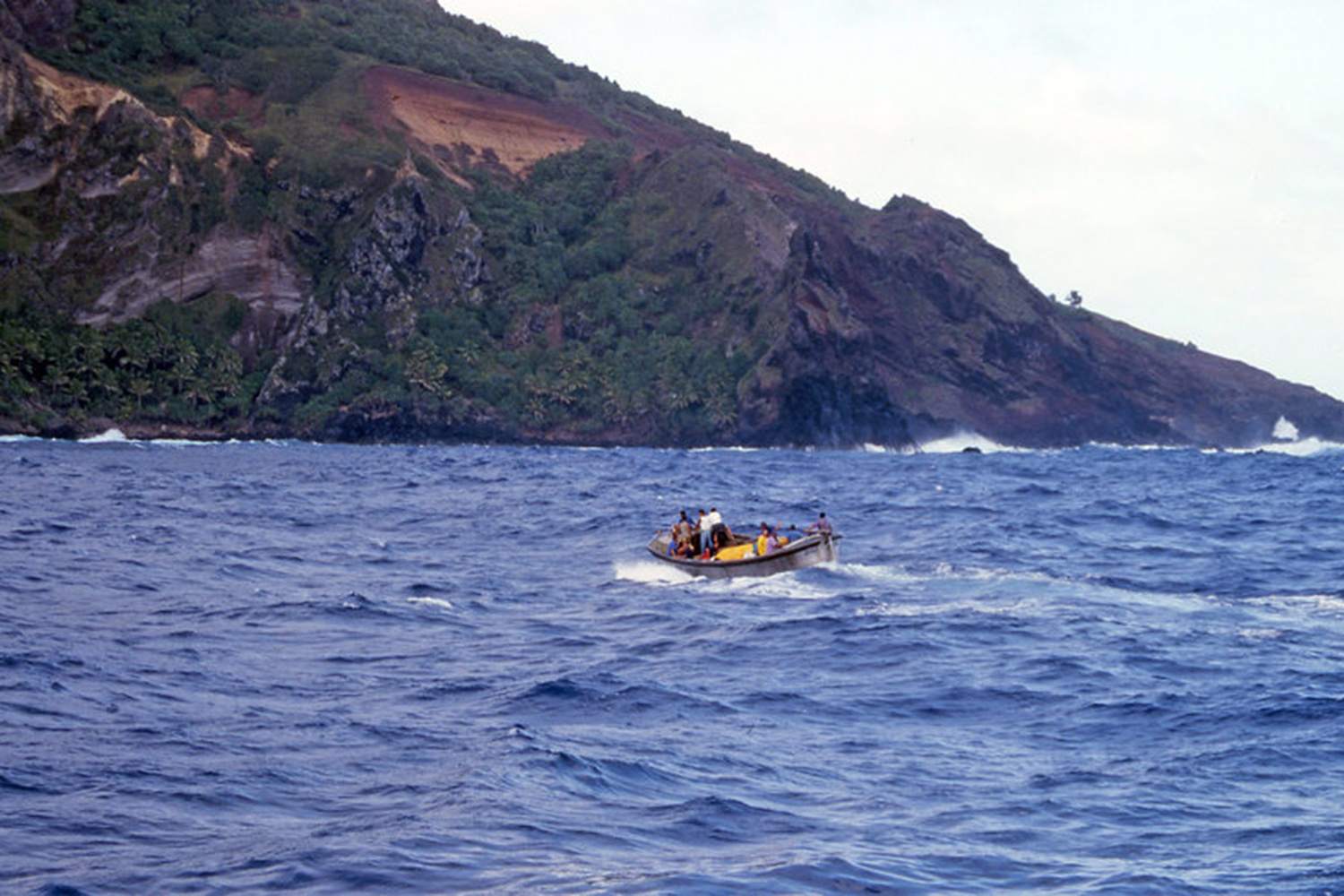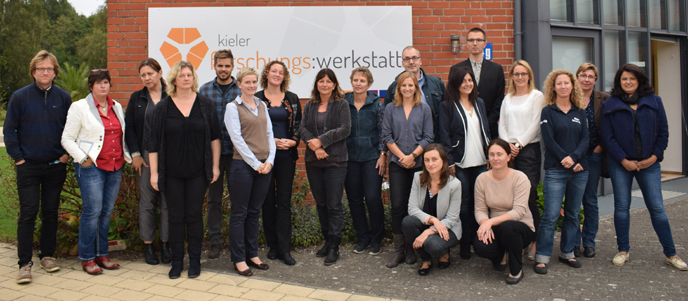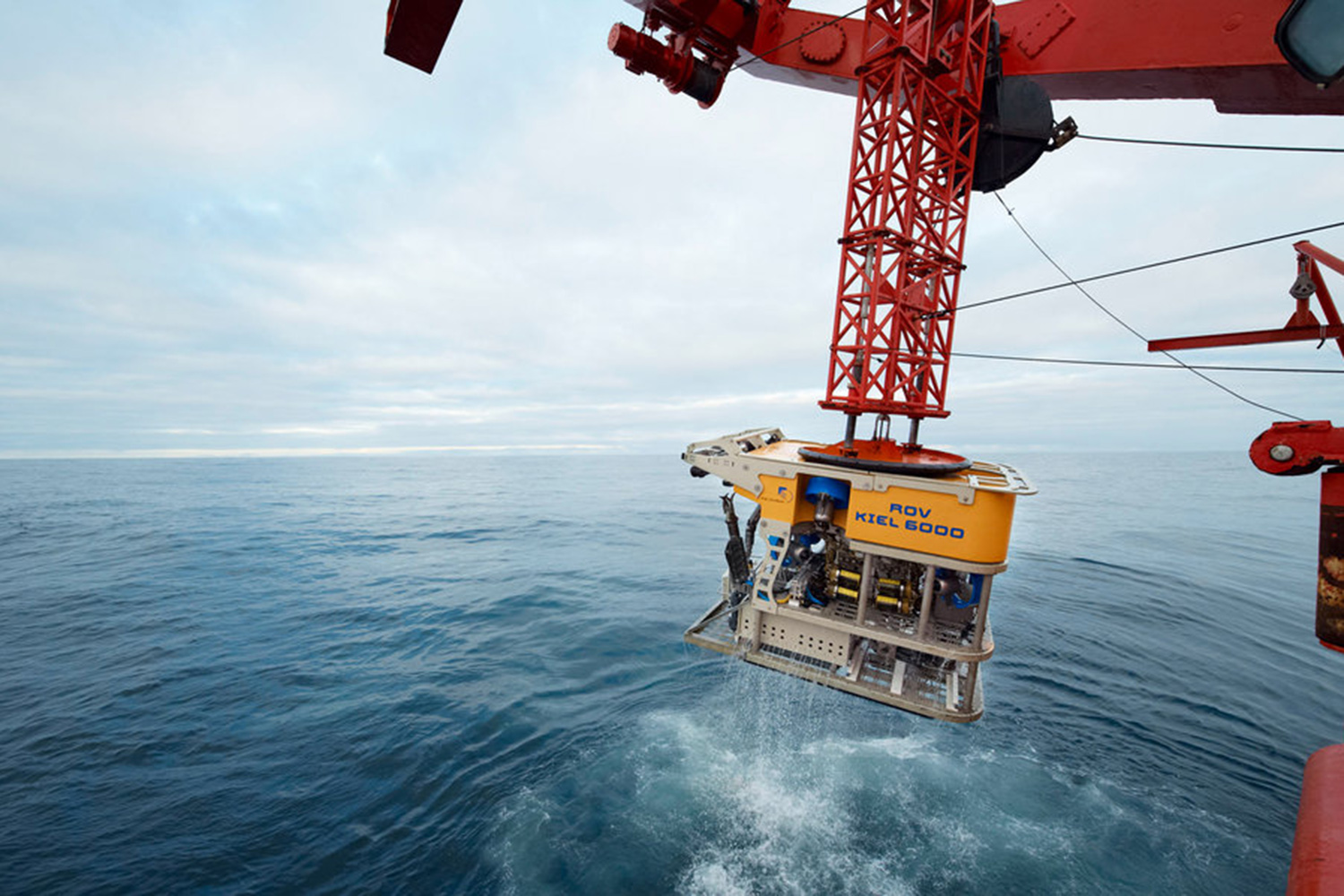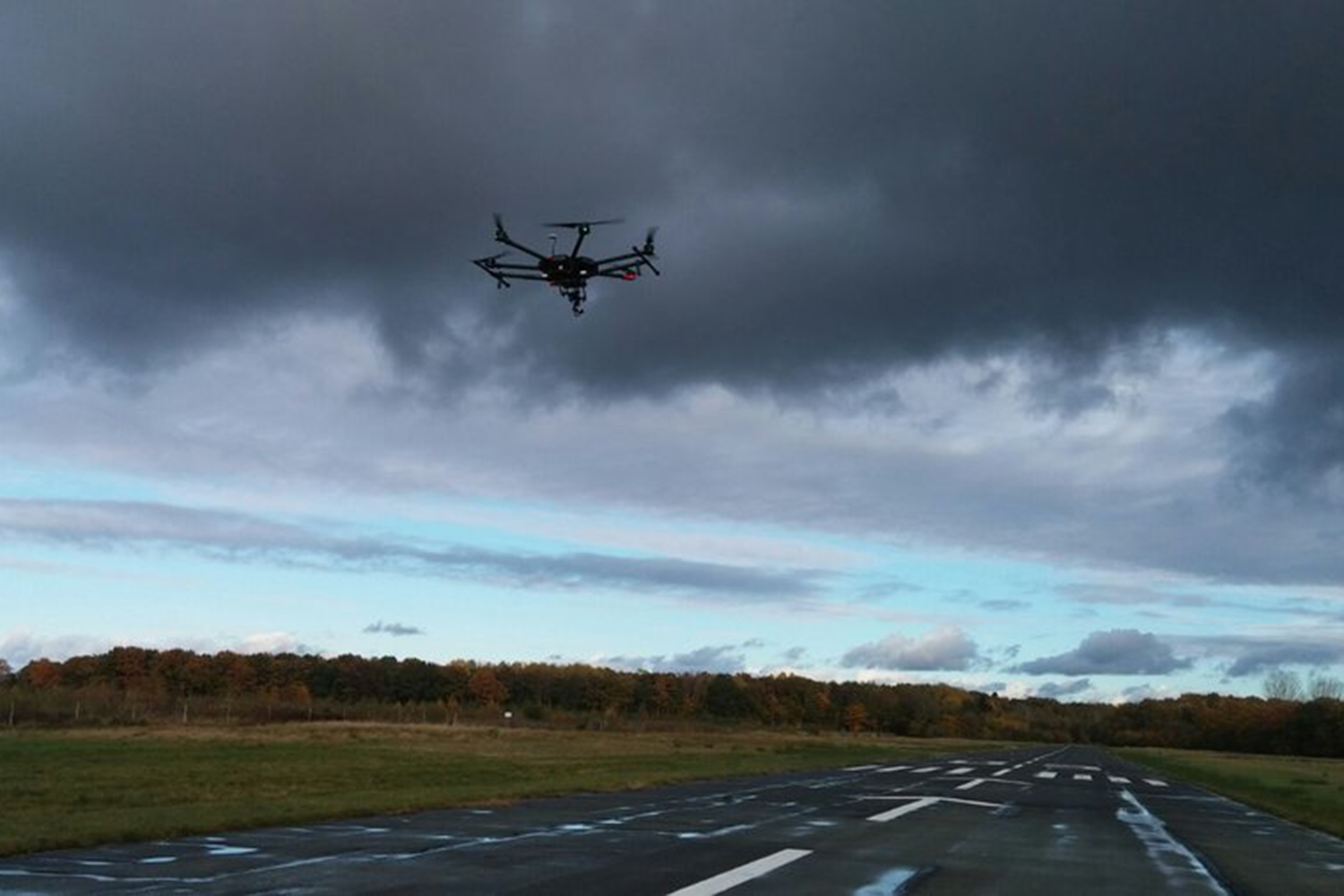The surface of our planet is constantly being renewed by plate tectonics - new seafloor is generated at the mid-ocean ridges and at the same time old seafloor is returned to the deep Earth in the so-called subduction zones. These processes have been going on for millions of years, driven by convection in the mantle. But how long has crustal renewal been going on? What happens to the cold, hard plates when they are subducted? Do they get mixed back into the mantle like flour in a batter or do they leave streaks like in a marble cake? New answers to these questions have been found by an international team of scientists from Germany, France, the USA and Great Britain including members from GEOMAR Helmholtz Centre for Ocean Research Kiel and are now published in the scientific journal Proceedings of the National Academy of Sciences.
The Earth we live on has an atmosphere and oceans rich in oxygen. But this was not always the case. Long before animals or land plants arrived on the scene, the atmosphere was oxygen-free and rich in sulphur. It was only with the advent of photosynthesis and the work of innumerable algae that enough oxygen was released around 2.4 billion years ago to change that situation forever. But that change affected not only the composition of the atmosphere but also the chemical reactions which occurred within it. Up until that time, sunlight was able to separate different isotopes of sulphur from each other, independent of their mass - a process known as "mass-independent fractionation" or "MIF". Rocks laid down before 2.4 billion years ago can show signs of MIF, anything produced since then will not.
In their study on lavas from the Pacific island of Pitcairn, the same place that the mutineers from the British Navy ship "Bounty" sought shelter in 1789, the scientists found signs of MIF, even though the island itself is less than 2 million years old. They attributed this to the presence of traces of old subducted seafloor in the source of the lavas, more than 100 km deep in the mantle. Further chemical studies showed that these traces probably come from sediment which lay on top of the ancient seafloor and was carried with it deep into the mantle by subduction. These traces then remained stored there without change for more than 2 billion years.
„This allows us to draw two important conclusions: Firstly, plate tectonics and subduction was already happening 2.4 billion years ago and secondly, the Earth is capable of preserving very old "reservoirs" deep in its interior" explains Prof. Dr. Colin Devey, co-author of the study from GEOMAR. „Both give us clear indications of how the Earth works in the deep regions which we cannot otherwise observe and show us how long the processes there have been active", he continues.
So what does this "Earth´s bakery" produce - homogeneous batter or marble cake? "Our results clearly favour the marble cake" says Colin Devey. Whether similar processes occurred at other subduction zones is, however, not yet clear. Many more samples will need to be analysed before that becomes clear.
Note:
The samples for this study were collected in 1989 with the research vessel "Sonne" during the cruise SO-65 (Grant 03R397A5). The long-term storage of the samples was and is guaranteed by GEOMAR.
Original manuscript:
Delavault, H., C. Chauvel, E. Thomassot, C.W. Devey, and B. Dazas, 2016: Sulfur and lead isotopic evidence of relic Archean sediments in the Pitcairn mantle plume. Proceedings of the National Academy of Sciences, doi: 10.1073/pnas.1523805113
Kontakt:
Dr. Andreas Villwock (GEOMAR, Communication & Media), Phone: +49(0)431 600-2802, presse@geomar.de
…



